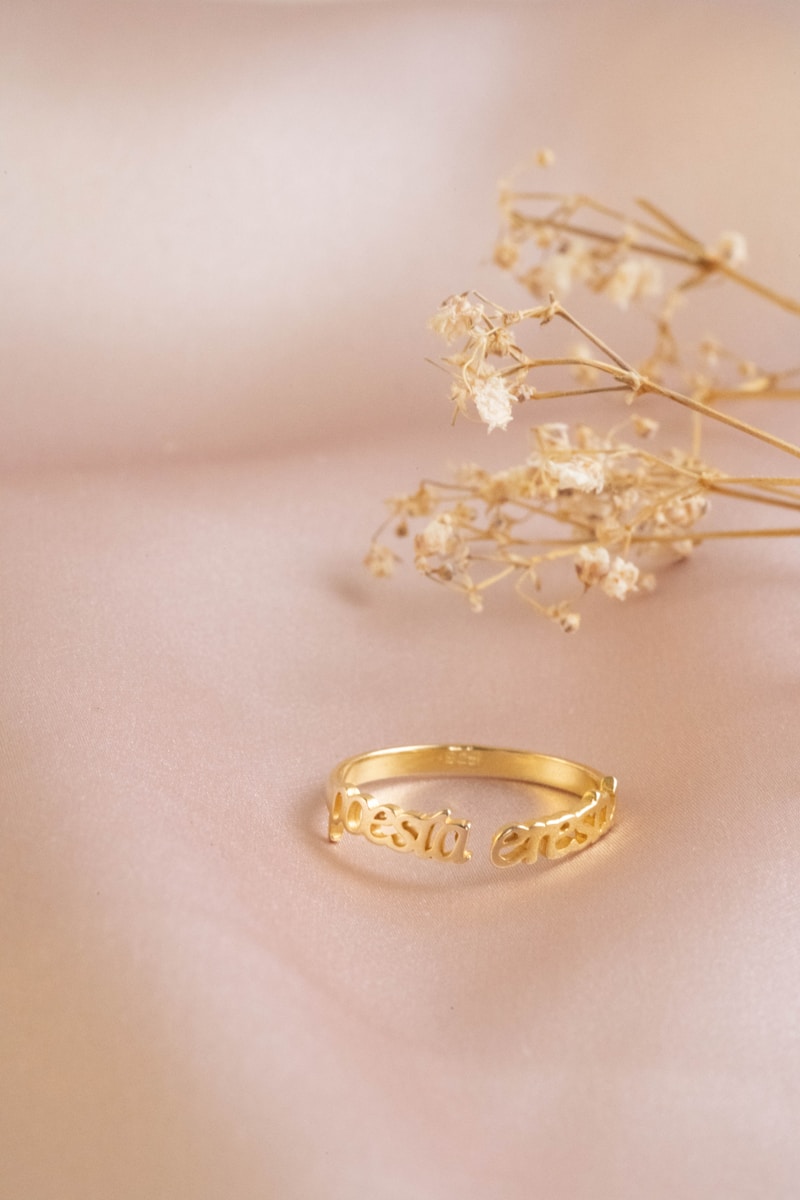Jewelry adds elegance and personal style to your everyday look, but wearing it daily requires special attention to maintain its beauty and longevity. Whether it’s a cherished engagement ring, a favorite necklace, or a pair of go-to earrings, following some best practices will help keep your pieces in excellent condition. Here’s how you can wear jewelry every day while ensuring it stays sparkling and undamaged.

1. Choose Durable Pieces for Daily Wear
When selecting jewelry to wear every day, prioritize durability. Metals like platinum, gold, and stainless steel are better suited for daily use because they resist tarnishing and scratches. Likewise, consider harder gemstones such as diamonds or sapphires, which can endure more wear compared to softer stones like opals or pearls.
2. Remove Jewelry During Physical Activities
Even the most robust jewelry can be damaged during physical activities. Whether you’re working out, gardening, or doing household chores, it’s wise to remove your jewelry beforehand. Sweat, impact, and exposure to harsh substances can weaken settings, scratch metals, or even dislodge stones.
3. Avoid Exposure to Chemicals
Daily exposure to chemicals can dull or damage your jewelry. Harsh chemicals found in cleaning products, lotions, perfumes, and even pool chlorine can cause tarnishing or discoloration. To avoid this, always put on your jewelry after applying beauty products, and remove pieces before cleaning or swimming.
4. Store Jewelry Safely When Not in Use
Even if you wear your jewelry daily, it’s important to store it properly when you’re not wearing it. Use a soft-lined jewelry box or pouches to protect your items from scratches and tangling. For extra protection, separate individual pieces, especially if they have different metals or stones that could rub against each other.
5. Rotate Your Jewelry
Constantly wearing the same piece every day can lead to wear and tear over time. To prolong the life of your jewelry, consider rotating your daily pieces. This helps spread the wear more evenly and reduces the risk of overusing any one item.
6. Be Mindful of the Weather
Extreme weather conditions can affect your jewelry. Heat can cause certain metals to expand, while cold temperatures can make them contract, which may loosen settings. Humidity can also accelerate tarnishing. If you’re in extreme weather conditions, consider removing your more delicate pieces to prevent any damage.
7. Check Your Jewelry Regularly
Inspect your jewelry often, especially pieces with gemstones. Look for loose prongs, worn clasps, or any signs of damage. Catching these issues early allows you to have them repaired before they worsen. Routine maintenance ensures your pieces remain in top condition.
8. Opt for Simple Designs
For everyday wear, simple and minimalist designs are ideal. Intricate pieces or jewelry with lots of stones and settings are more prone to catching on clothing or getting damaged through daily activities. Opting for streamlined designs can reduce the risk of damage and make your pieces easier to wear.
9. Layer with Care
Layering jewelry, such as stacking rings or wearing multiple necklaces, can add style but also lead to tangling or scratches. Be mindful of how you layer to avoid damage. Using jewelry spacers or chains of different lengths can help prevent pieces from rubbing against each other.
10. Know When to Remove Jewelry
Sometimes, removing jewelry is the best way to protect it. Activities like cooking, especially when handling acidic foods, or spending time in the sun, can damage certain metals and stones. Remove jewelry during such times to prevent any accidental harm.
By following these best practices, you can enjoy wearing your favorite jewelry every day without compromising its beauty or quality. Treat your jewelry with care, and it will continue to enhance your style for years to come.